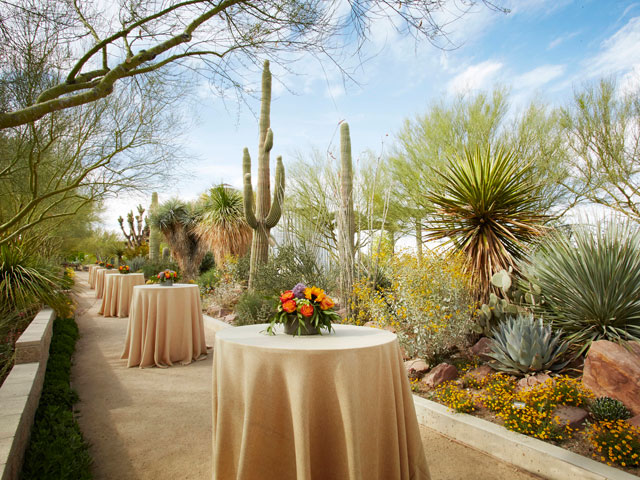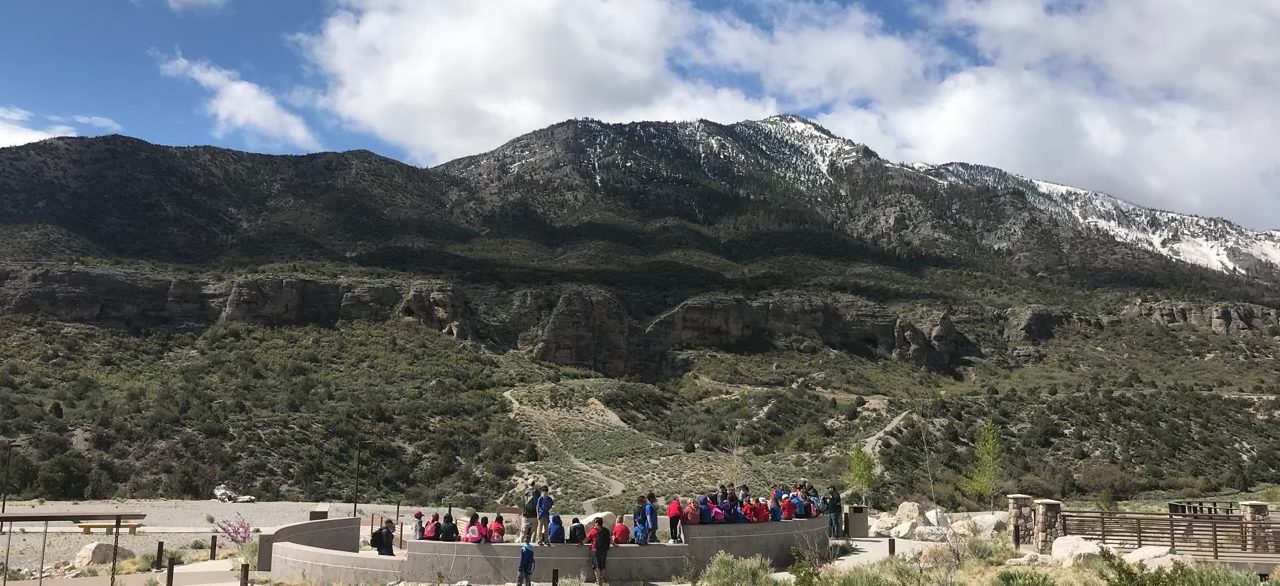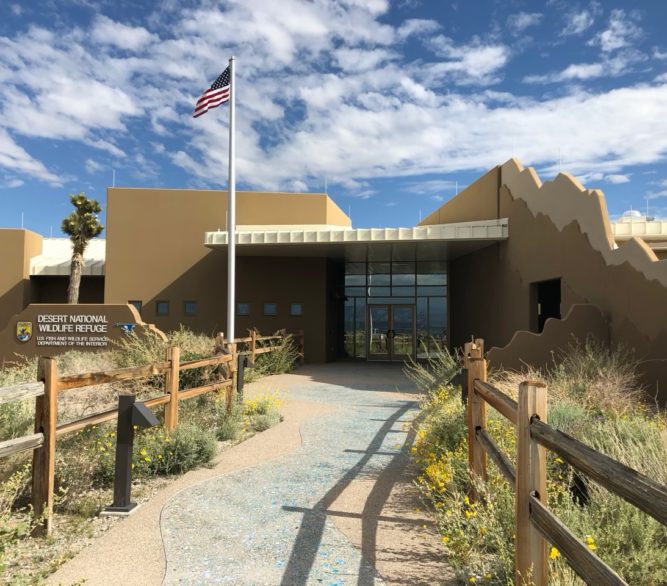The following details our most significant learning points following first hand observation and interviews at The Spring Mountains Visitor Gateway, The Springs Preserve, and the Desert National Wildlife Refuge Visitor Center.
There will be changes in uses. No matter how well one programs a facility, there will be changes in how it is operated in the future. Programs will evolve and the facilities must be planned to allow flexibility to accommodate these changes. For instance, at the Springs Preserve, many programs that were very important to the mission have been replaced with revenue generating meeting and event space. The Springs Preserve was designed to be very open and flexible which allowed these changes to occur in an orderly manner. A great facility will be able to accommodate those changes and keep the visitor experience optimal.
Revenue is important to keeping facilities maintained and staffed. Some projects are planned based upon the assumptions of potential revenue generation. While we all hope that this revenue stream will continue forever, this is not always the case and alternate revenue must be found to keep the project staffed and viable. Sometimes this new approach requires a change in mission for the organization and the project succeeds in ways not previously contemplated. While the mission of the Springs Preserve still remains, it is clear that the mission itself could not generate enough revenue for the facility. Weddings and events have been added at an increasing number to help keep the facility operational and self-sustaining.
A great planned experience holds true. Visitor experiences need to be planned well to last. Even though many uses have changed at the Springs Preserve, the visitor experience has remained high caliber and consistent with the mission. The experience at the Spring Mountains Visitor Gatewaystill capitalizes on the mountain experience and the outdoor spaces are still first and foremost to the facility. The attraction at the Desert National Wildlife Range is the flora and fauna of the area which guides the experience. Buildings and the trails support the mission and help provide the interface between the attraction and the patrons.
Staff is rarely trained to operate their buildings. Most interpretive staff are not trained effectively to operate buildings. While management wants to create sustainable and alternative mechanical solutions, in most cases, those who run the buildings don’t know how to operate them effectively. High turnover and volunteer staff compound the problem and before you know it, a simple, sustainable energy solution becomes unused as staff operating the buildings is no longer connected to the reasons those systems were introduced in the first place. There is nothing worse than seeing a simple, energy management system or specialty mechanical system turned off or not used because staff is unwilling or unable to operate it. Designers need to stay more connected to their projects and have the tough conversations about maintenance and operations early in the design process and long afterward.
There is never enough signage. It seems that there is never enough signage located in and around visitor experience facilities. Compounding this are staff solutions to sign everything that happens to them during a given day. For instance, if they are asked where the restrooms are located, the staff response is to tape makeshift signs to the building pointing to the restrooms even when adequate signage may exist. This penchant to solve all problems with handmade signs should be accommodated in the original design. Designers need to prepare for staff solutions to signage ahead of time and facilitate options for temporary signage to be functional yet also sophisticated – Organizing elements such as bulletin boards or changeable signage systems can help.
In conclusion we solidified what we already knew. Our work is, and can never be, “done.” We don’t cut a ribbon and consider something a success – a successful project to us means that the community still cares for it, loves it and wants to share it with their friends long after we rolled up our drawings and put them in storage.


